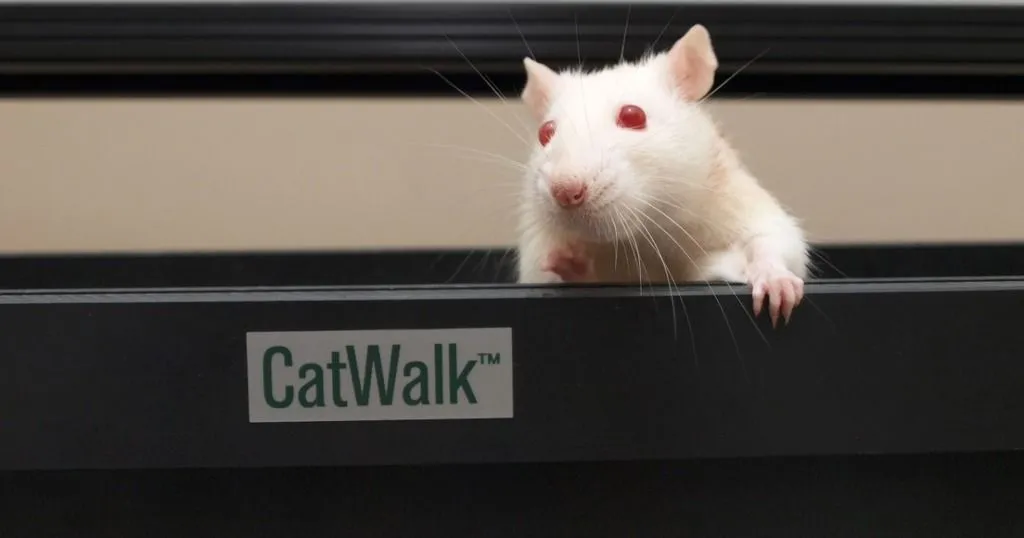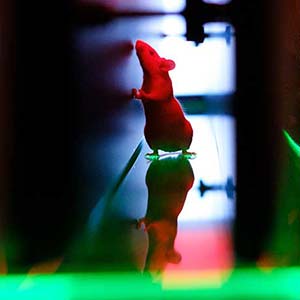What gait can tell: 3 blogs that will help you understand
The usefulness of gait is well established in research on spinal cord injury, ataxia, and arthritis. But in fact, research on all disorders that influence gait in any way, can benefit from gait and footfall analysis.
Posted by
Published on
Thu 03 May. 2012
Topics
| Arthritis | Ataxia | CatWalk XT | Foot Prints | Gait Analysis | Mice | Rats | Spinal Cord Injury |
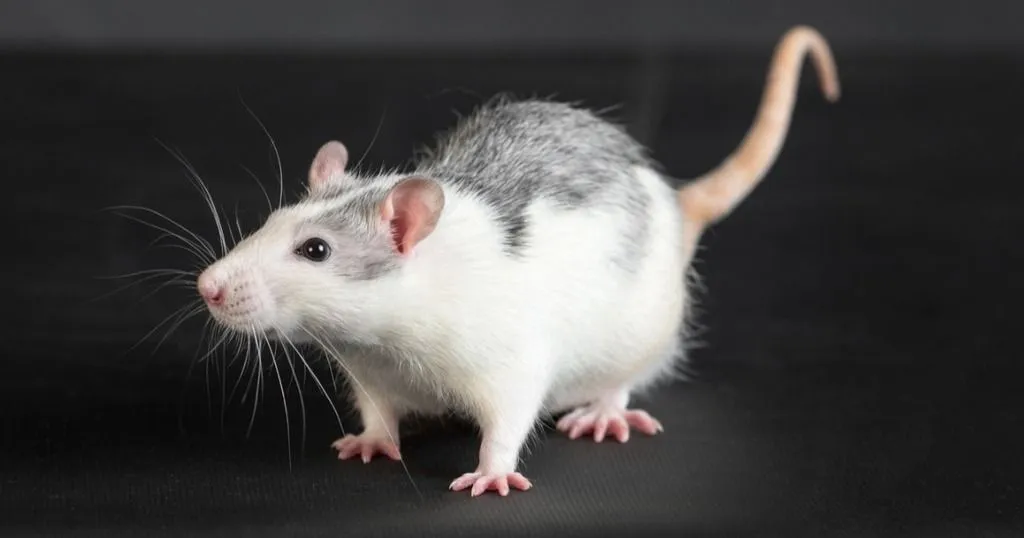
The usefulness of gait is well-established in research on spinal cord injury, ataxia, and arthritis. But in fact, research on all disorders that influence gait in any way, can benefit from gait and footfall analysis. Gait is an important part of the behavioral repertoire of animals, and detailed gait analysis is a logical endpoint to take into account.
What gait can tell: 3 blogs that will help you understand
The cause of gait disturbances
Numerous diseases and disorders affect gait and four categories of origin can be described. First, the central nervous system can be affected, resulting in lack of coordination, ataxia, paralysis, etc. Examples include Parkinson’s, Huntington’s, cerebellar ataxia, and ALS. Second, disorders that originate from the peripheral nervous system can cause similar symptoms. Examples include ischemia and sciatic nerve injury.
Third, if skeletal systems are affected, as is the case with arthritis or knee and ankle injury, symptoms include less use of a paw or limb, compensation by other limbs, irregular step sequences, etc. Fourth and final, the musculature can be affected, for instance by dystrophy.
The benefits of automation
Until recently, gait performance in rodents was not only difficult to quantify, it was also labor intensive. Everybody remembers the old bottle of ink. But you can leave that in the cabinet from now on – modern technology, like CatWalk XT, offers you a better (and less messy) way to do it.
Gait research: let your animals walk freely
Researchers use different ways to analyze gait in animals. In what instances would a study benefit from a system that is based on voluntary walking? In this post we share our thoughts on some of the factors you can keep in mind when choosing a method for your study.
Don’t miss them!
In the coming weeks we will highlight some of the parameters that CatWalk XT gait analysis automatically calculates and its relevance to your research, from ‘simple’ footprints to sophisticated regularity and coordination indexes. So don’t miss them - sign up to be notified when the blog posts are online!
Other blog posts in this series
Other blog posts in this series are now online:
Related Posts
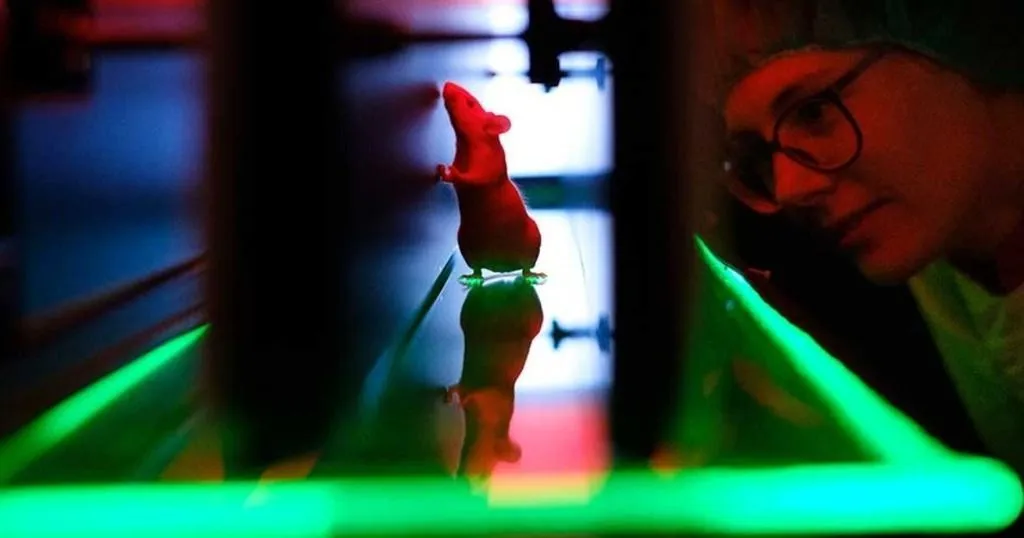
Choosing the right parameters in CatWalk XT
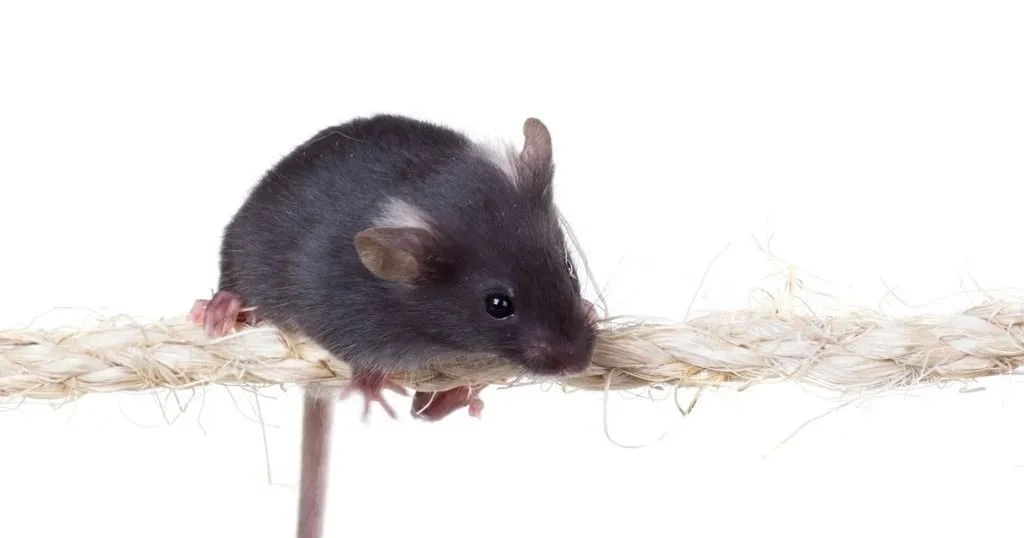
Testing motor coordination in a mouse model with muscular dystrophy
